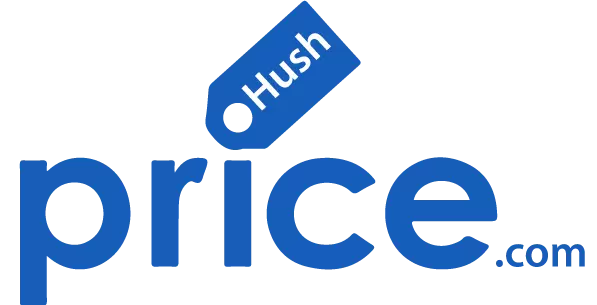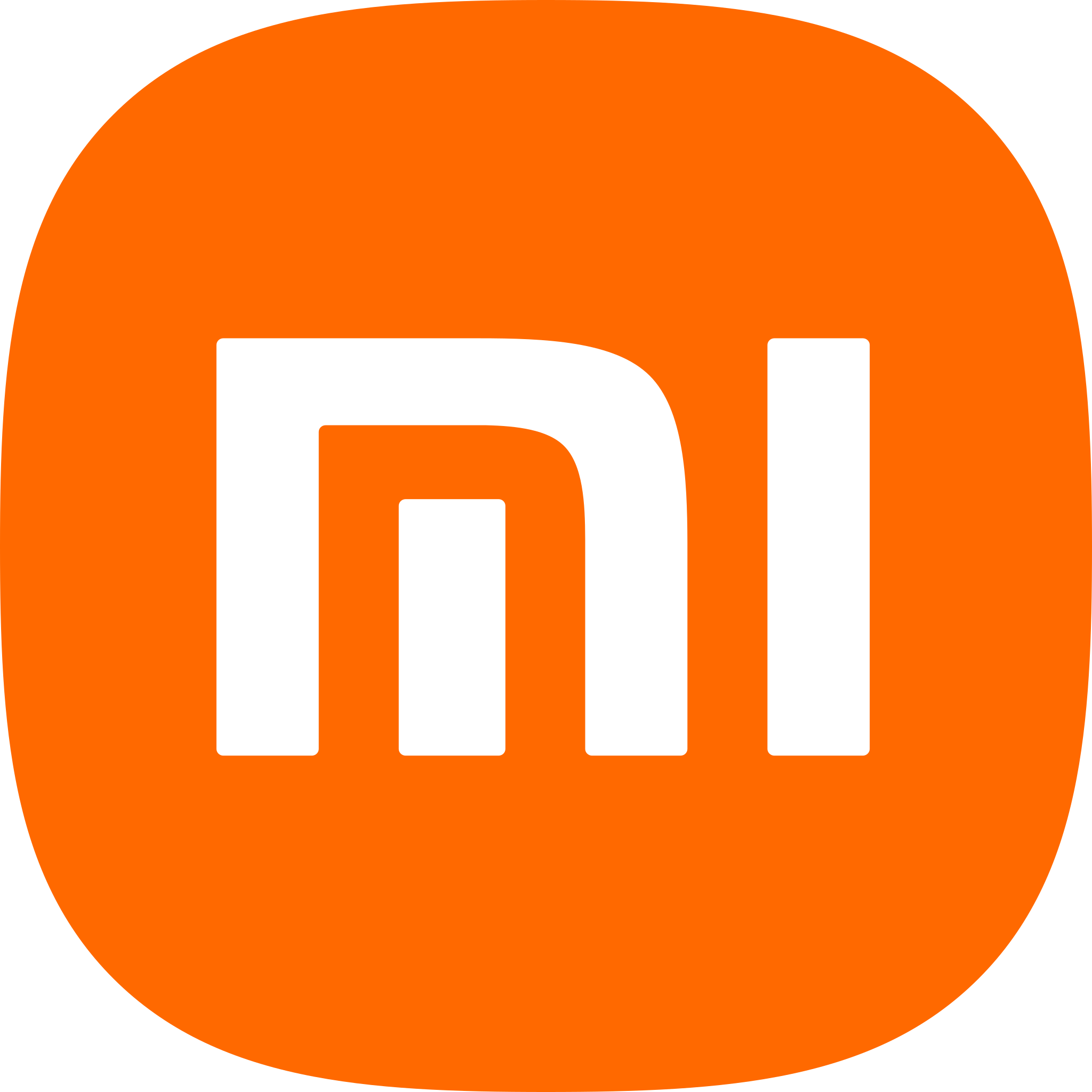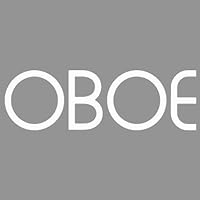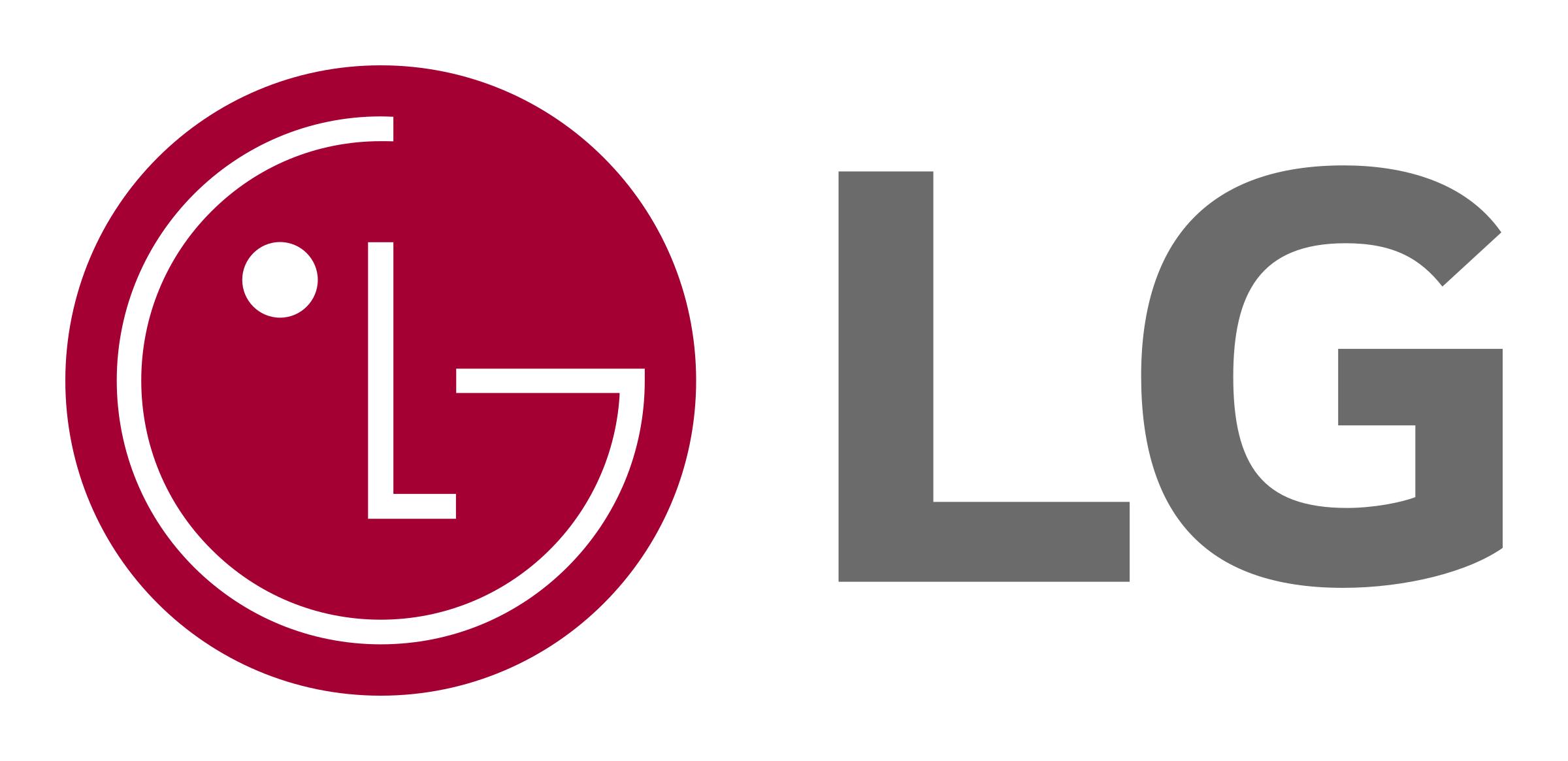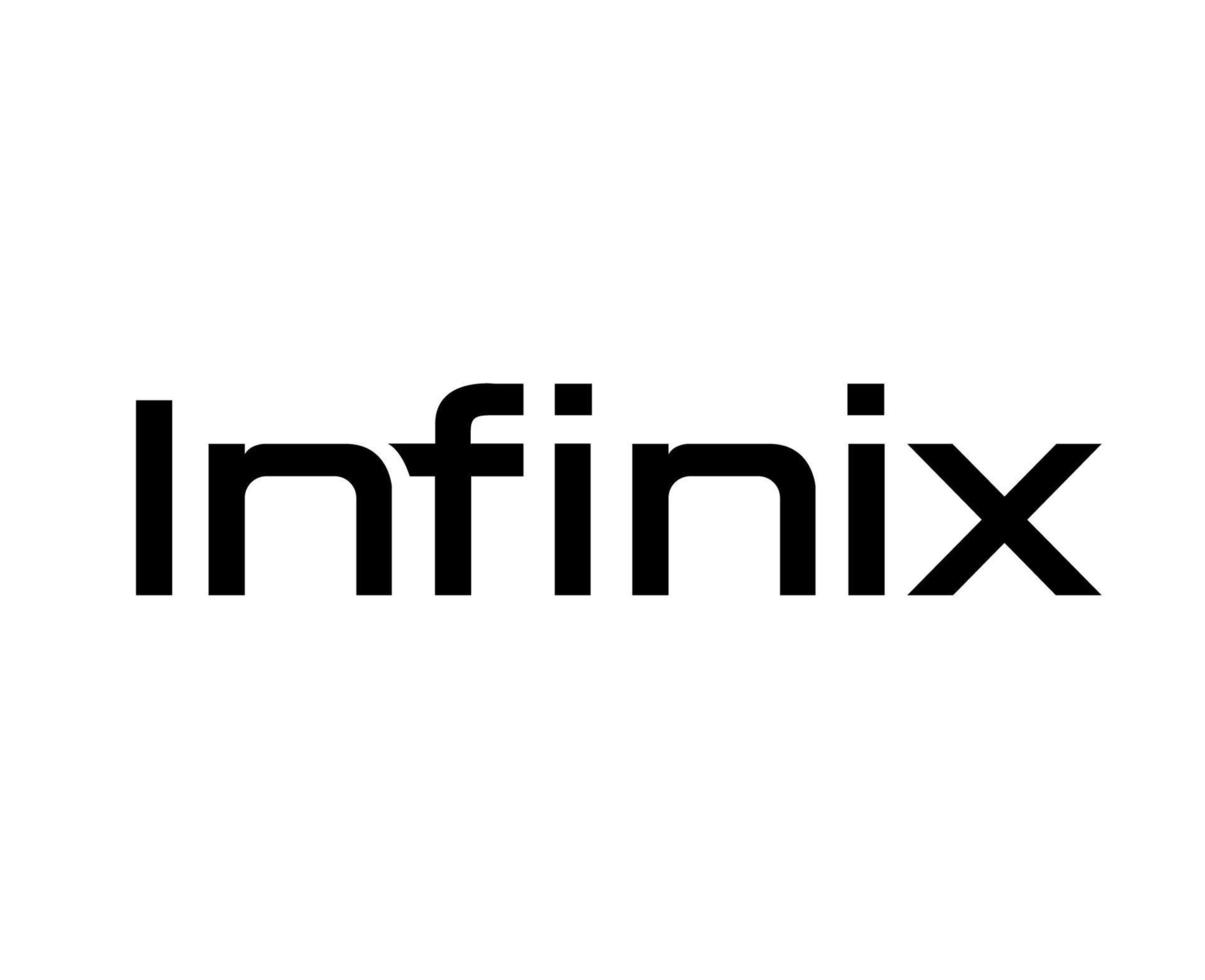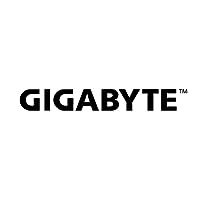How to choose a laptop under 30000 for students and office use
As technology advances, laptops have become an essential component of our lives. A laptop is an essential piece of technology for anyone who has to get work done, whether they are students, professionals, or casual users. But selecting the best laptop can be challenging, particularly if you’re on a tight budget.
There are several key applications that a student would typically use on a cheaper laptop, including:
Word Processing Software:
A basic word processing program like Microsoft Word or Google Docs is essential for writing essays and reports.
Spreadsheet Software:
A spreadsheet program like Microsoft Excel or Google Sheets can be useful for organizing data, calculating grades, and creating budgets.
Presentation Software:
A presentation program like Microsoft PowerPoint or Google Slides is important for creating visual aids for class projects and presentations.
Internet Browsers:
A reliable internet browser like Google Chrome or Mozilla Firefox is necessary for research, online assignments, and accessing course materials.
Email Client:
An email client like Microsoft Outlook or Gmail is important for staying in touch with professors, classmates, and other important contacts.
PDF Reader:
A PDF reader like Adobe Acrobat or Foxit Reader is essential for reading and annotating electronic textbooks and other course materials.
Media Players:
A media player like VLC or Windows Media Player is important for playing videos and audio files for class lectures and presentations.
These applications are generally not very demanding and can easily run on a cheaper laptop with basic hardware specifications.
For light word processing, emailing, and simple browsing, a budget laptop with basic hardware specifications should suffice.
Here are some recommended hardware specifications for such a laptop:
Processor:
An Intel Celeron, or MediaTek Kompanio processor should be sufficient for basic tasks.
RAM:
At least 4GB of RAM is recommended for smooth performance while running multiple applications.
Storage:
A min 512 GB solid-state drive (SSD) is recommended for faster boot times and application loading.
Display:
A 13-14 inch screen size with a resolution of 1366 x 768 pixels should be sufficient for basic tasks.
Graphics:
Most laptops in this price range come with integrated graphics, which are suitable for basic tasks but not for gaming or graphic-intensive applications.
Battery Life:
You can expect to find laptops with a battery life of around 4-5 hours.
To ensure a better experience while using Zoom and Teams meetings, it is recommended to have a laptop with at least an Intel Core i3 or AMD Ryzen 3 processor, 8GB of RAM, and a good internet connection. If you are on a tight budget, you can still use a laptop under Rs. 30,000 for Zoom and Teams meetings, but you may experience lag, poor video quality, or freezing during the call, especially if you are running other applications in the background.
Based on these specifications, there are a few excellent budget laptops from HP that are stylish, lightweight and can handle light word processing, emailing, and simple browsing tasks, like
HP Chromebook series of laptops are great choice for basic productivity. For instance HP Chromebook 11a-na0006MU is affordable and can handle basic tasks without any issues. It comes with pre-installed Chrome OS and have enough battery life to last through a full day of classes.
Compare and view all the best laptop under 30000 for students
